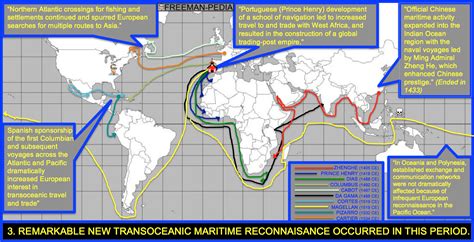1. The Compass
The compass is one of the most important navigational instruments ever invented. In Medieval Europe, the first compasses were created in the 13th century, fused with Arabic and Chinese knowledge. They were initially used strictly for navigation, and consist of a magnetized needle that aligns itself with the Earth’s magnetic field. This allowed sailors to determine their direction of travel, even when they were out of sight of land.

The compass revolutionized maritime navigation. Before the compass, sailors had to rely on landmarks and the stars to navigate. This was often difficult and dangerous, especially in bad weather. The compass made it possible for sailors to travel more safely and efficiently, which led to a boom in trade and exploration.
The impact of the compass on European history is immeasurable. It helped to make possible the Age of Exploration, which saw European explorers sail around the world and discover new lands. The compass also played a vital role in the development of modern science and technology.
2. The Astrolabe
The astrolabe is an ancient astronomical instrument that was used to measure the altitude of celestial bodies above the horizon. The astrolabe was invented in the 2nd century BC by the Greek astronomer Hipparchus. The instrument was later refined by Islamic astronomers in the Middle Ages.
The astrolabe was used by sailors to determine their latitude and longitude. Latitude is the distance north or south of the equator, while longitude is the distance east or west of a prime meridian. By measuring the altitude of the sun or stars, sailors could calculate their latitude and longitude and determine their position on a map.
The astrolabe was a very accurate instrument for its time. It was used by explorers such as Christopher Columbus and Vasco da Gama on their voyages of discovery. The astrolabe was also used by astronomers to study the stars and planets, which contributed to the advancement of astronomy.
3. The Caravel
The caravel is a type of sailing ship that was developed in Portugal in the 15th century. The caravel was a small, maneuverable ship that was well-suited for long-distance voyages. The caravel had a lateen sail, which allowed it to sail into the wind. It also had a shallow draft, which allowed it to navigate shallow waters.
The caravel was used by Portuguese explorers on their voyages of discovery. They sailed around the coast of Africa and into the Indian Ocean. The caravel also played a role in the discovery of the Americas. Christopher Columbus sailed to the Americas in a caravel in 1492.
The caravel was a very successful ship design. It was used by European explorers for centuries. The caravel helped to make possible the Age of Exploration and the colonization of the Americas.
4. The Cannon
The cannon is a type of artillery that was developed in Europe in the 14th century. The cannon is a large, heavy gun that fires metal balls. The cannon was used in warfare to destroy enemy ships and fortifications.
The cannon had a devastating impact on maritime warfare. Before the cannon, ships were armed with bows and arrows, which were relatively ineffective against enemy ships. The cannon, however, could fire a metal ball that could penetrate the hull of an enemy ship and cause significant damage.
The cannon also played a role in the development of modern warfare. The cannon was used in siege warfare to destroy enemy fortifications. The cannon also played a role in the development of modern naval warfare. The cannon was used to equip warships and to defend against enemy attacks.
5. The Sextant
The sextant is a navigational instrument that was invented in the 18th century. The sextant is used to measure the angle between two objects, such as the sun and the horizon. The sextant is used by sailors to determine their latitude and longitude.
The sextant is a very accurate instrument for its time. It was used by explorers such as James Cook and Charles Darwin on their voyages of discovery. The sextant is also used by astronomers to study the stars and planets.
The sextant is a very important navigational instrument. It is still used by sailors today to determine their latitude and longitude. The sextant has played a vital role in the development of maritime navigation.
Conclusion
The five maritime technologies listed above played a vital role in the development of maritime navigation and exploration. These technologies made it possible for European explorers to sail around the world, discover new lands, and establish new trade routes. The impact of these technologies on European history is immeasurable.
